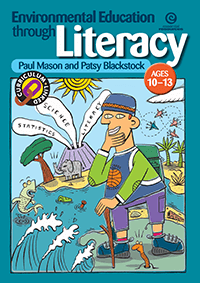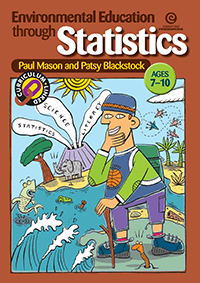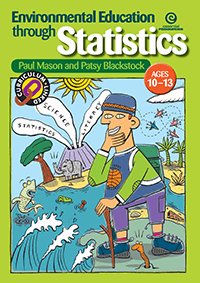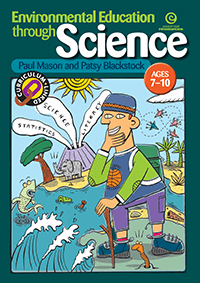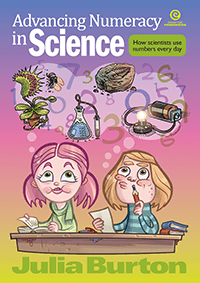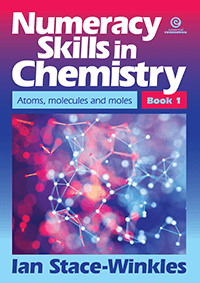Contents |
| Introduction | 4 |
| About this book |
| The key concepts of environmental education |
| Planning resources | 7 |
| Curriculum links |
| Unit plan: Environmental education through statistics |
| We Are Learning To (WALT) overview and banner |
| Activity 1: Key concepts – if the Earth were an apple | 12 |
| Activity 2: Key concepts – the cooperation game | 13 |
| Cooperation game offer and response options |
| Cooperation game cards |
| Activity 3: Key concepts – our world is full of life | 16 |
| Biodiversity chart |
| Biodiversity cards |
| Activity 4: Values and attitudes – caring for the Earth | 19 |
| Values and attitudes cards |
| The park near us |
| Activity 5: Taking care of our Earth for the future – exploring the central idea | 22 |
| Key sustainability terms |
| Central idea banner |
| KWL worksheet |
| Protect–damage cards |
| Activity 6: Collecting and recording data – using a frequency table in simple | 20 |
| investigations |
| Frequency table template |
| Activity 7: Introduction to data displays – creating pictograms and bar graphs | 31 |
| Pictogram template |
| Bar graph template |
| Annotated bar graph |
| Home rubbish survey |
| Activity 8: Learning about rubbish and recycling – reduce, reuse, recycle | 36 |
| Extension activity: internet discoveries |
| Facts about recycling and rubbish |
| Activity 9: Statistical investigation – how do we get to school? | 39 |
| Statistical investigation cycle |
| Extension activity: how does everyone get to school? |
| Activity 10: Interpreting investigation results – writing conclusions and connecting to the environment | 42 |
| Statistical investigation assessment (teacher) |
| Writing guide: our transport investigation |
| Activity 11: Waste audit | 45 |
| Preparing for the waste audit (teacher) |
| Waste audit worksheet: what we found in the rubbish |
| Activity 12: Taking action – making a difference using what we have learnt | 49 |
| Ideas for restorative action |
| Activity 13: End of unit reflection – KWL, self assessment, restorative action | 52 |
| Self assessment worksheet |
| Other student resources | 54 |
| Glossary |
| Topic spelling list |
| Useful websites and other resources | 56 |


